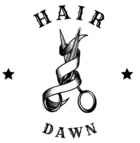Table of Contents
Intro: Why “Middle Part with Layers” is the Ultimate Hair Trend Right Now
The multilayered middle part hairstyle has dominated social media feeds, celebrity red carpets, and styling chairs- and it is not difficult to understand why. Since TikTok superstars flaunting their natural bounce, to celebrities such as Hailey Bieber and Zendaya rocking it on the cover of magazines, this style now occupies modern status as a classic.
The versatility of the middle part, with layers, is what makes it so attractive. It suits almost any face shape, gives a new dimension immediately, and creates an impression of softness and harmony to the overall appearance. Hair long, mid-length, or short- well-cut layers framing around a middle part bring that natural style and flowing, snag-free ease of movement so desired.
Here are six pro-tested secrets to creating the layers of the middle part that will take them to the Israel Adesanya in the style stakes. Provided that you want to get some touch of texture, volume, and gentle movement in your hair, these tricks will lead you towards the desired aesthetic without ever setting foot in a salon.
1. Layer Placement Matters: How to Frame Your Face Perfectly
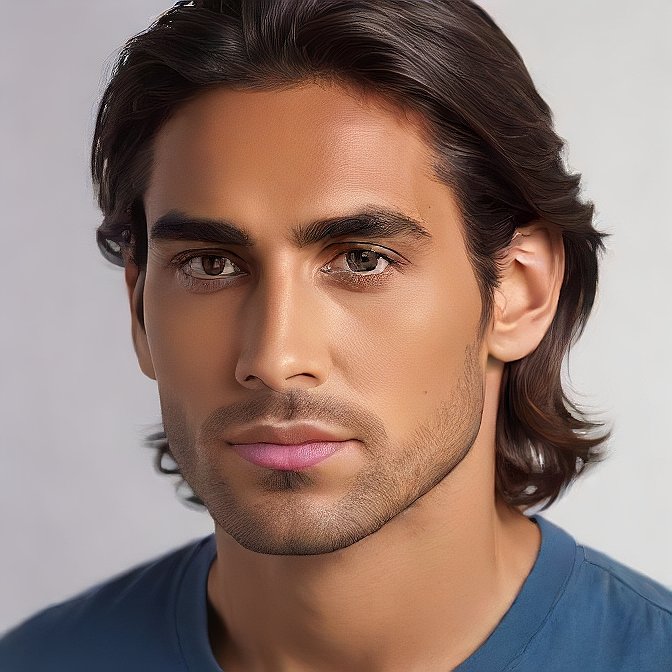
One of the best features of a middle part with layers is that it helps enhance the shape of the face when done properly. In the case of round faces, one should speak of longer layers that come below the chin, adding length and structure. The layering can often advantage an oval face, which begins at the cheekbones of the face, and a heart-shaped face can best be framed with emphasized appurtenance to counterbalance the narrower jaw line.
Speaking of layering style, soft layers can make a more mottled, natural-looking flow, whereas sharp layers have a more dramatic, bold impact. The correct one will depend on your taste and the extent to which you would like your hair to be moving.
Layers ought to be gradually tapered down to the middle part in order to create a nice, flattering appearance. This prevents heavy or uneven-looking areas around the crown or jaw line.
2. The Power of Texture: Creating Natural-Looking Movement
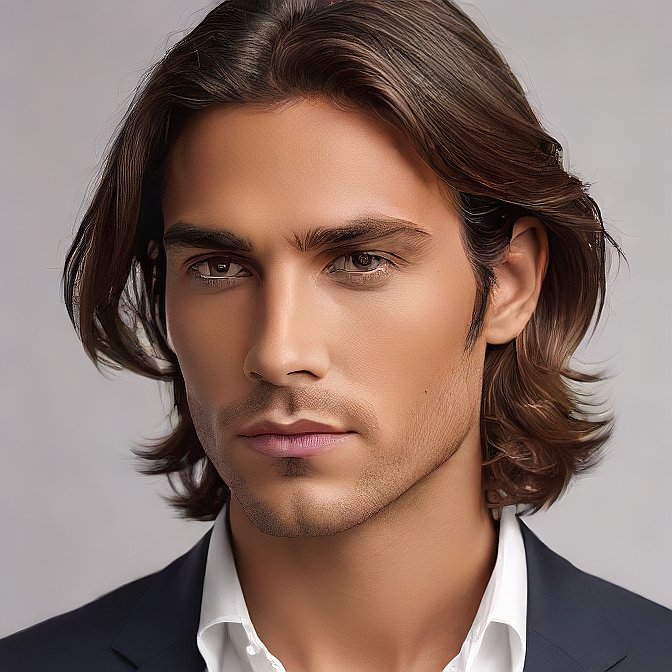
It is texture that gives layered hair the loose, feelable surface texture, which should never be neglected in case of producing a middle part with layers, as this will enable it to look rather dynamic rather than being flat. Besides razoring or point cutting, where the bulk is taken out and the ends lightened, that is one of the popular devices used by the stylist. The method assists all layers to move freely, hence offering natural separation.
Products used to texturise are also gigantic. Dry texture spray can add lift to roots, create layers and clump, and light pomade can give some shape and piece-y-ness without making your hair heavy. These instruments make the dimension of your layers and make the appearance soft and casual.
The difference that texture can make to layered hairstyles can be shown in a before-and-after photo. Making even minor changes to your ways of cutting or styling your hair may entirely alter the way your hair flows.
3. Blow-Dry Secrets: Elevate Volume Without Losing Softness
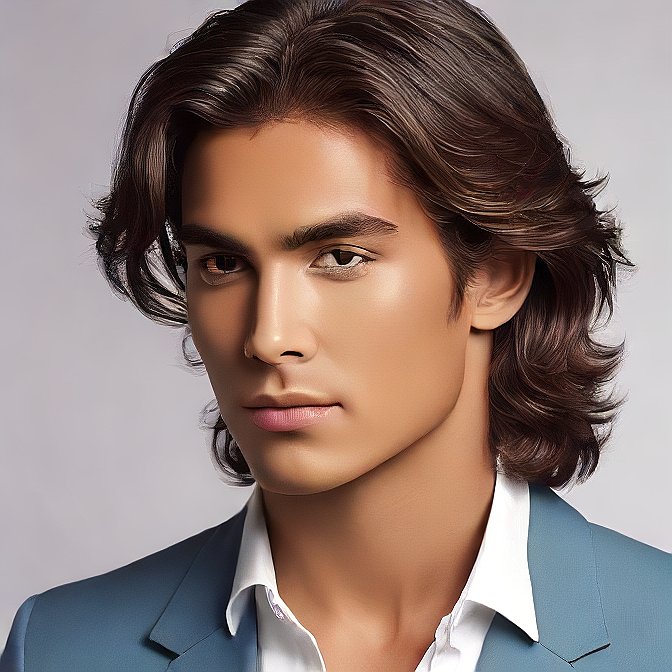
In layered hair, it is blow-drying that makes or breaks the movement. It all depends on the technique. You should start by 80 percent of rough drying your hair, then proceed to round brush. This will assist in maintaining natural volume and will make it easier to control.
Use the round brush to curl parts that will be outwards on the face, especially the front layers towards the middle part. This makes your features open and makes the layers look soft and raised. Sectioning is also vital- cutting in smaller areas makes sure you have a smooth shape by guaranteeing even heat coverage.
Remember to change the blow-dryer to a lower temperature. Apply medium to high heat to style, just make sure to cool it in a finishing shot to lock in the style and remove frizz. This makes your hair look voluminous, and yet they are soft to touch.
4. Waves that Flow: Effortless Curling Techniques for Layered Hair
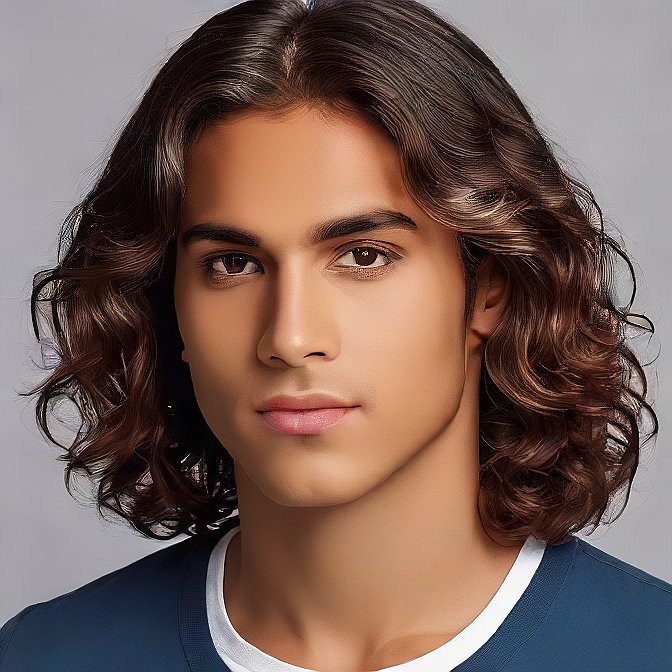
A middle part and layers are a match made in heaven with loose waves to add that texture that is just enough but never too much. It is all about having the appropriate size of the curling iron; 1- 1.5 inches generally does just fine on most layered lengths.
Alternate with curling the opposite way to give everything a more natural, undone feel. Do not put the last inch of hair into the curling iron so that the ends are soft and current. These techniques are also great for curling. This prevents a rigid or curled appearance, which tends to cause the layers to lose their flow.
When short layers are cut in hair, curls are much tighter and brush out with fingers. In longer layers, work with mid-lengths to ends to add cascading action. Light hold spray will enable all the hair to stay in place without being rigid.
5. Products That Play Nice: Lightweight Essentials for Soft Hold
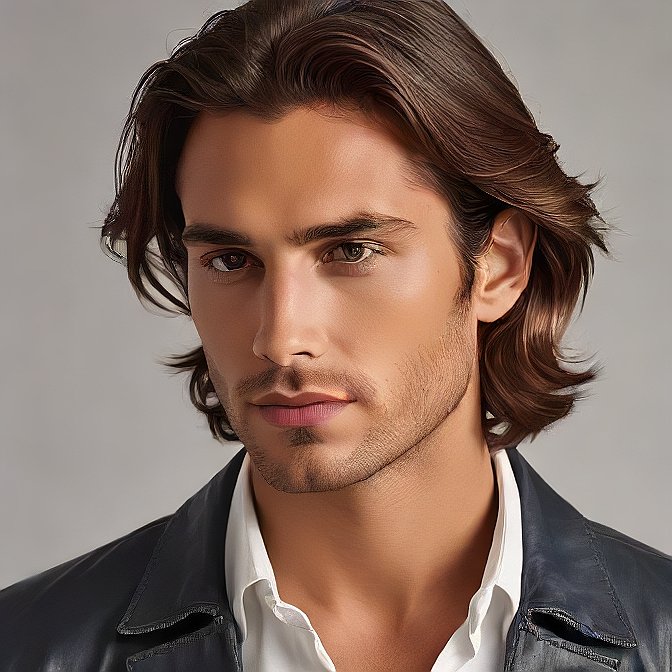
The selection of the right products may augment or destroy the natural beauty of the middle part with layers. On fine/flat hair, mousse is excellent to add root volume and texture. The frizz is tamed using lightweight serums which add shine to the strata, and flexible-hold sprays help in maintaining the shape without being sticky.
The objective will be to ensure that the products utilized do not burden the hair, yet they offer structure. Together with heavy creams or oils, layered cuts or cuts may appear to look limpy and greasy- particularly at the roots.
Sulfate-free/ silicone-free styling products would be a good fit when one prefers clean beauty or a sensitive scalp. Natural ingredient brands tend to have lightweight products that are designed to keep hair flowing.
6. Trim Timing: Why Regular Shaping Keeps the Flow Alive
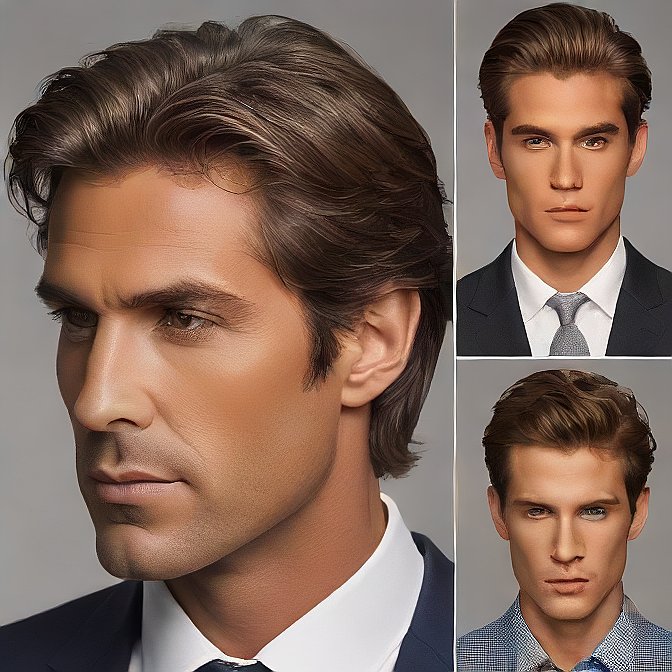
The most exceptional middle part with layers requires maintenance. The layer may lose its shape; the ends may split; and the style that had your hair so fresh looking can begin to collapse.
Trimming layers should be done about 6 to 8 weeks after. You might need to get in sooner in the event that your hair grows fast or you use heat tools regularly. Wait until your layers appear lumpy–by that time, the whole shape may have gone lumpy.
It is a world apart, the difference between a quick trim and a complete reshaping. A trim keeps the ends healthy and maintains flow, whereas a reshaping could be moving the position at which your layers are cut to reflect your current style or face shape.
Conclusion: Flow, Movement, and Effortless Style in Every Layer
A layered middle part is not something of a trend at all; it is a classic thought that suits almost every person. Proper layering technique, texturizing, and soft styling strategy can help you achieve the desired look which will feel light, perfectand natural, and living in the beauty.
To master these six styling secrets is to learn how to work more with the natural flow of your hair and retain movement, but not at the expense of volume or softness. Even if you are styling your hair on a day-to-day basis or simply want to learn how to revamp your cut, the following methods will enable you to get the most out of your layered hair.
For more info: Click Here.
FAQs: Middle Part with Layers
Q1: Is a middle part with layers a fit for every type of hair?
Absolutely, a layered middle part will suit the majority of hair types, which include straight, wavy, as well as curly hair types. It is all in the layering strategy, which should be scaled to your texture. Fine hair requires a delicate, graduated stage to gain extra volume, whereas thicker or curly hair may require smarter thinning to keep shape and lissome.
Q2: What can I do so that my middle part with layers does not look flat?
Far far away, behind the word mountains, far from the countries Vokalia and Consonantia, there live the blind texts. Separated they live in Bookmarksgrove right at the coast of the Semantics, a large language ocean.
Q3: How do I need to trim my layered hair so that it appears fresh?
The ideal hair length of a layered haircut should be trimmed after 6 to 8 weeks. This assists in keeping your shape and flow, particularly should you are doing a lot of heat styling. Trims will also stop split ends and make sure that your layers do not look uneven or heavy.
